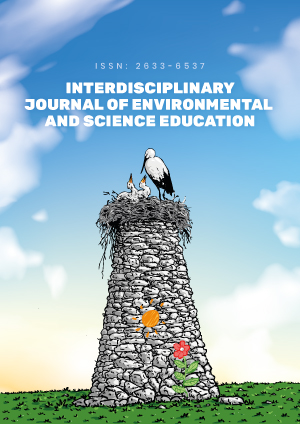Abstract
Having an adequate understanding of the Nature of Science (NOS) is an integral part of scientific literacy. However, NOS is usually not yet explicitly embedded in the science curricula at German universities. To fill this gap, we have introduced NOS elements in the undergraduate course on genetics at the biology department of an Institute of Technology in North-western Germany in summer semester 2018. The strategy used an exclusive-reflective approach by emphasising socio-scientific issues. As Kostas Kampourakis (2016) suggests, our design considers not only general aspects of the NOS concept, but also the family resemblance approach presented by Erduran and Dagher (2014). To evaluate changes in students’ NOS understanding, we did a pre- and post-survey about their NOS understanding following the SUSSI questionnaire designed by Liang et al. (2008). The NOS understanding of the 93 participants shows statistically significant improvement in 14 out of 24 items (58,3%) after the teaching unit, compared to the pre-survey. While the pre-survey shows a larger gap of understanding regarding the relations of environment, theory, and law, the post-test results show significant effects on learning, in particular regarding subjective, social, and cultural influences on science. However, the students’ understanding regarding the relations of environment, theory, and law still remains weak. The findings indicate that some preconceptions were not as amenable to change as others. In particular, the assumed facticity of scientific knowledge seems to be a powerful preconception that is much more firmly fixed than the contextualization of scientific discovery.
License
This is an open access article distributed under the Creative Commons Attribution License which permits unrestricted use, distribution, and reproduction in any medium, provided the original work is properly cited.
Article Type: Research Article
INTERDISCIP J ENV SCI ED, Volume 16, Issue 2, 2020, Article No: e2215
https://doi.org/10.29333/ijese/7816
Publication date: 26 Feb 2020
Article Views: 5335
Article Downloads: 2816
Open Access References How to cite this article
 Full Text (PDF)
Full Text (PDF)